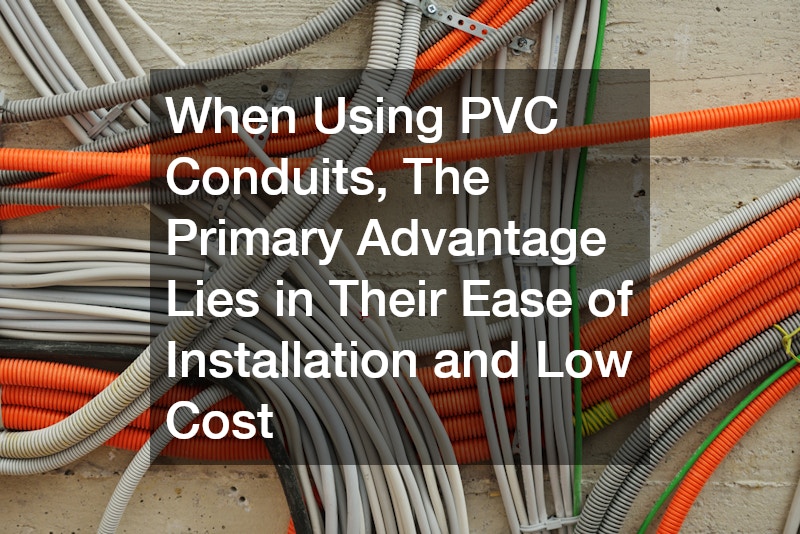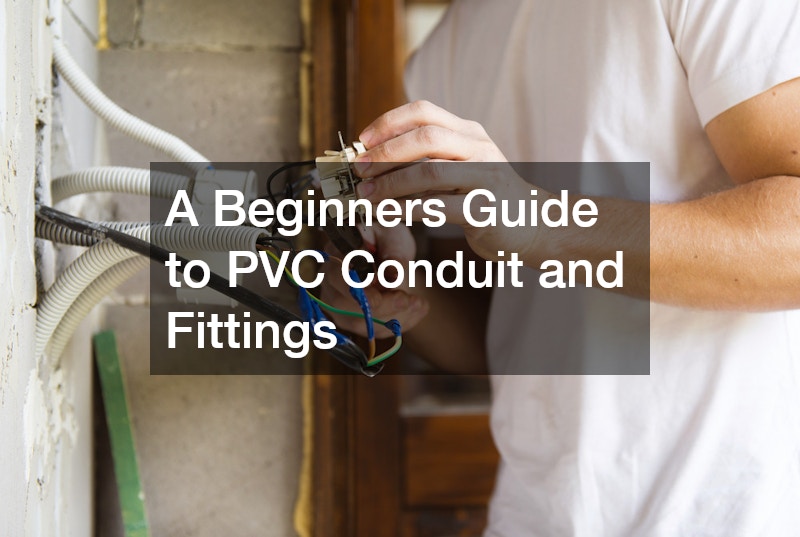PVC conduit and fittings are essential components in modern electrical installations. They provide a safe and durable channel for electrical wiring, protecting it from physical damage and environmental influences. Understanding these components is crucial for anyone interested in electrical installations, whether professional electricians or DIY enthusiasts.
PVC, or polyvinyl chloride, is a type of plastic known for its durability, lightweight properties, and resistance to corrosion and moisture. This makes it an excellent choice for conduit and fittings in both indoor and outdoor applications.
When using PVC conduits, the primary advantage lies in their ease of installation and low cost. They can be easily cut to the required length and joined together with fittings, offering great flexibility during installation. Moreover, PVC is a non-conductive material, which means it provides extra safety by preventing electrical shocks. With advancements in manufacturing, PVC conduits are now available in a wide range of sizes and thicknesses to accommodate different project needs. Furthermore, these conduits are designed to be fire-resistant, adding another layer of safety.
The installation of PVC conduit and fittings does not require any special skills or complex tools, making them accessible for beginners. Most of the connections can be made using simple hand tools and PVC cement, ensuring secure and long-lasting joints. For a beginner, understanding the variety of fittings available—such as elbows, couplings, and adapters—is crucial to make informed choices during a project. Additionally, thorough planning and laying out of the conduit pathways can significantly ease the installation process. With the right approach and knowledge, anyone can successfully incorporate PVC conduits into their electrical systems.
Types of PVC Conduits
PVC conduits come in various types, each designed for specific applications and environments. The most common types are Schedule 40 and Schedule 80 PVC conduits. Schedule 40 PVC is typically used for above-ground installations and offers excellent structural integrity and flexibility. On the other hand, Schedule 80 PVC is thicker and more robust, making it suitable for underground or industrial applications where additional strength is needed. Choosing the right type of conduit is essential to ensure the safety and reliability of the electrical system.
Flexible PVC conduits are another option available for situations where rigid conduits might not be suitable. These conduits are ideal for applications where frequent movements or vibrations occur, such as in machinery or automotive installations. Additionally, flexible PVC conduits are convenient for retrofitting existing installations, where rigid conduits would be difficult to install. Like rigid PVC conduits, flexible ones offer excellent protection against environmental factors. As a beginner, it is important to understand the specific needs of your project before selecting the type of PVC conduit.
Common PVC Fittings
PVC fittings complement conduits by connecting, terminating, or changing the direction of the conduits. Common fittings include couplings, elbows, adapters, and junction boxes. Couplings are used to connect two pieces of conduit in a straight line, ensuring a seamless and secure fit. Elbows are utilized to change the direction of the conduit pathway, minimizing the need to bend the conduit itself. Adapters facilitate transitions between different sizes or types of conduit systems, adding versatility to your installation.
Junction boxes serve as hubs in an electrical installation, allowing multiple conduits to connect and branch out safely. These boxes provide accessible points for electrical repairs and maintenance, thus increasing the convenience and efficiency of the installation. The correct use of these fittings ensures the integrity of the electrical pathway, reducing the risk of damage or malfunction. Beginners should familiarize themselves with the different functions of each fitting to effectively implement them in their projects. Proper selection and installation of fittings enhance the overall safety and functionality of the electrical system.
One significant advantage of PVC fittings is their compatibility with various piping systems, allowing for seamless integration. They are available in different sizes and configurations to fit a range of conduit sizes and applications. Furthermore, installing these fittings is straightforward: most fittings are attached using PVC cement, which creates a watertight and durable bond. By understanding the purpose and installation techniques of each fitting type, beginners can confidently execute their electrical installations. Ensuring that the correct fittings are selected and properly installed is crucial for a successful PVC conduit installation.
Installation Tips for Beginners
Installing PVC conduit and fittings may seem daunting to a beginner, but following a few simple guidelines can ease the process. Begin by planning the layout of your electrical system, taking note of the necessary lengths and the number and type of fittings required. Cutting the conduit accurately is essential; using a PVC cutter can provide clean cuts with minimal effort. Always deburr the cut sections to ensure smooth and secure connections when attaching fittings. Prior to assembly, dry fit all components to check alignment and fit, adjusting as necessary.
When applying PVC cement to join the conduit and fittings, ensure clean and dry surfaces for optimal adhesion. Apply the cement lightly and evenly, covering the full circumference of the connection. Press the joined sections together firmly and hold them in place for a few seconds to allow the cement to set. It’s recommended to work in a well-ventilated area due to the fumes produced by the cement. By following these steps, beginners can create strong, professional-grade installations.
PVC conduit and fittings are vital components in the realm of electrical installations, offering flexible, durable, and safe solutions. For beginners, grasping the basics of PVC conduits, types, and fittings can be instrumental in mastering its installation. With available types and fittings addressing diverse installation needs, it becomes easier for novices to appreciate their functionality. Whether dealing with simple home projects or more advanced installations, understanding these fundamentals contributes to successful project outcomes. Equipped with this knowledge, beginners can undertake electrical installations with confidence and precision.






